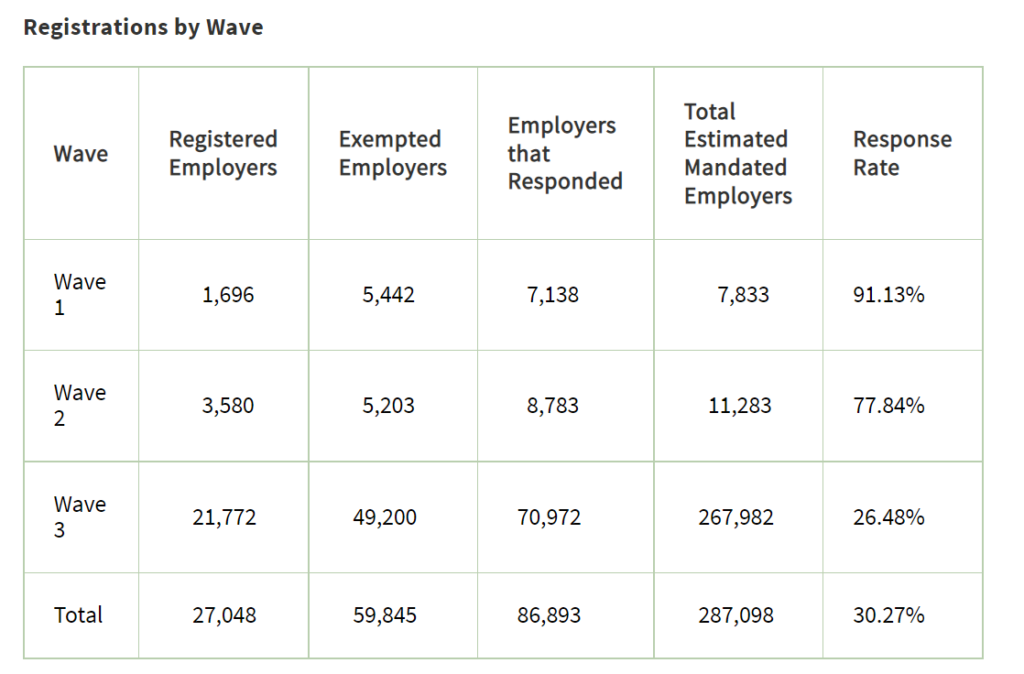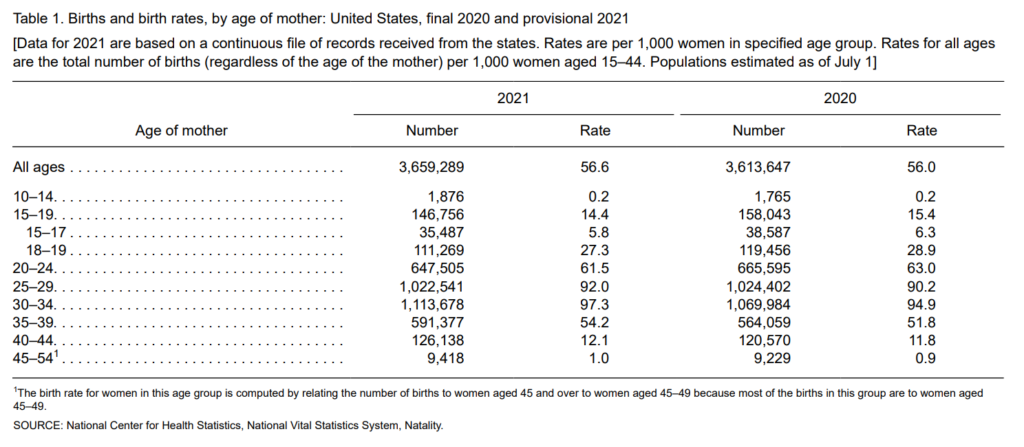Link: https://www.magnifymoney.com/news/working-older-adults-study/
Excerpt:
Amid the coronavirus pandemic, a rising share of adults 65 and older are working. In late April and early May 2020, 19.5% of Americans 65 and older were working. That figure jumped more than 2 percentage points in late April and early May 2022 to 21.9%. At the same time, the share of U.S. adults who reported that they’re retired is up similarly — from 14.9% in April and May 2020 to 17.4% in April and May 2022.
More than a quarter of working Americans 65 and older are self-employed. 25.6% of employed older Americans are self-employed — more than triple the rate among working Americans 25 to 39. Meanwhile, the government isn’t the landing spot it once was for older workers: In April and May 2020, 15.2% of employed Americans 65 and older worked for the government. In April and May 2022, however, that percentage plummeted by a third to 10.1%.
New Jersey saw the largest jump in older adults in the workforce since the beginning of the pandemic. In April and May 2020, 18.1% of Americans 65 and older were employed in New Jersey. By April and May 2022, that was up 18.9 percentage points to 37.0%. The other states with double-digit increases were West Virginia (17.2 percentage points) and Pennsylvania (14.6).
North Dakota saw the biggest dip in the percentage of adults 65 and older in the workforce. The rate of older working adults went from 36.0% in April and May 2020 to 25.0% in April and May 2022 — a drop of 11.0 percentage points. Other big drops were seen in Wisconsin (8.3 percentage points) and North Carolina (6.3).
Author(s): Alex Cook
Publication Date: 6 Jun 2022
Publication Site: Magnify Money




